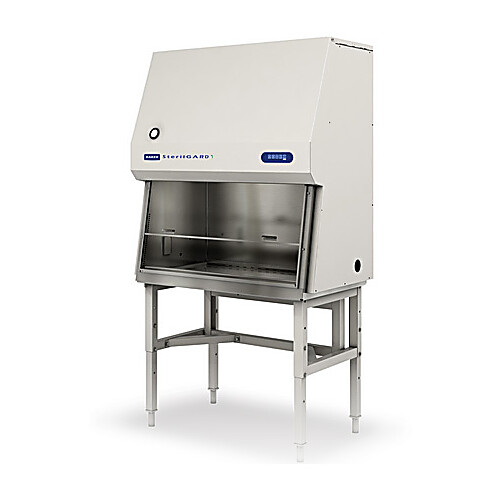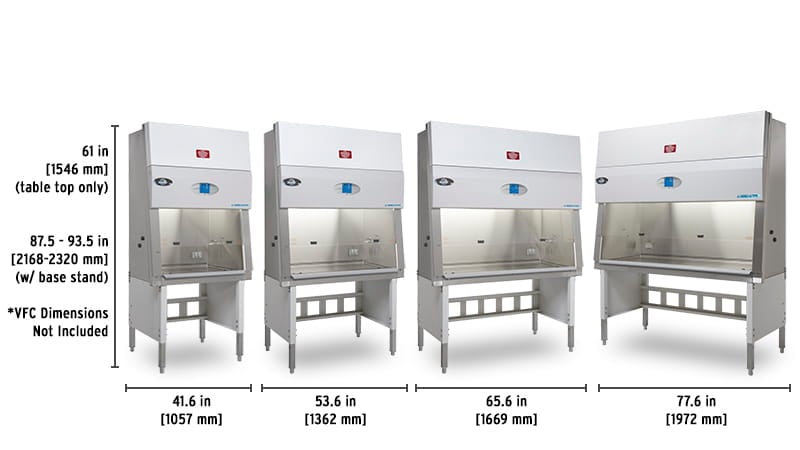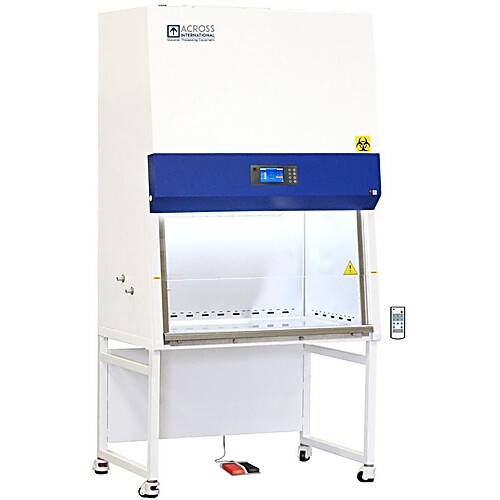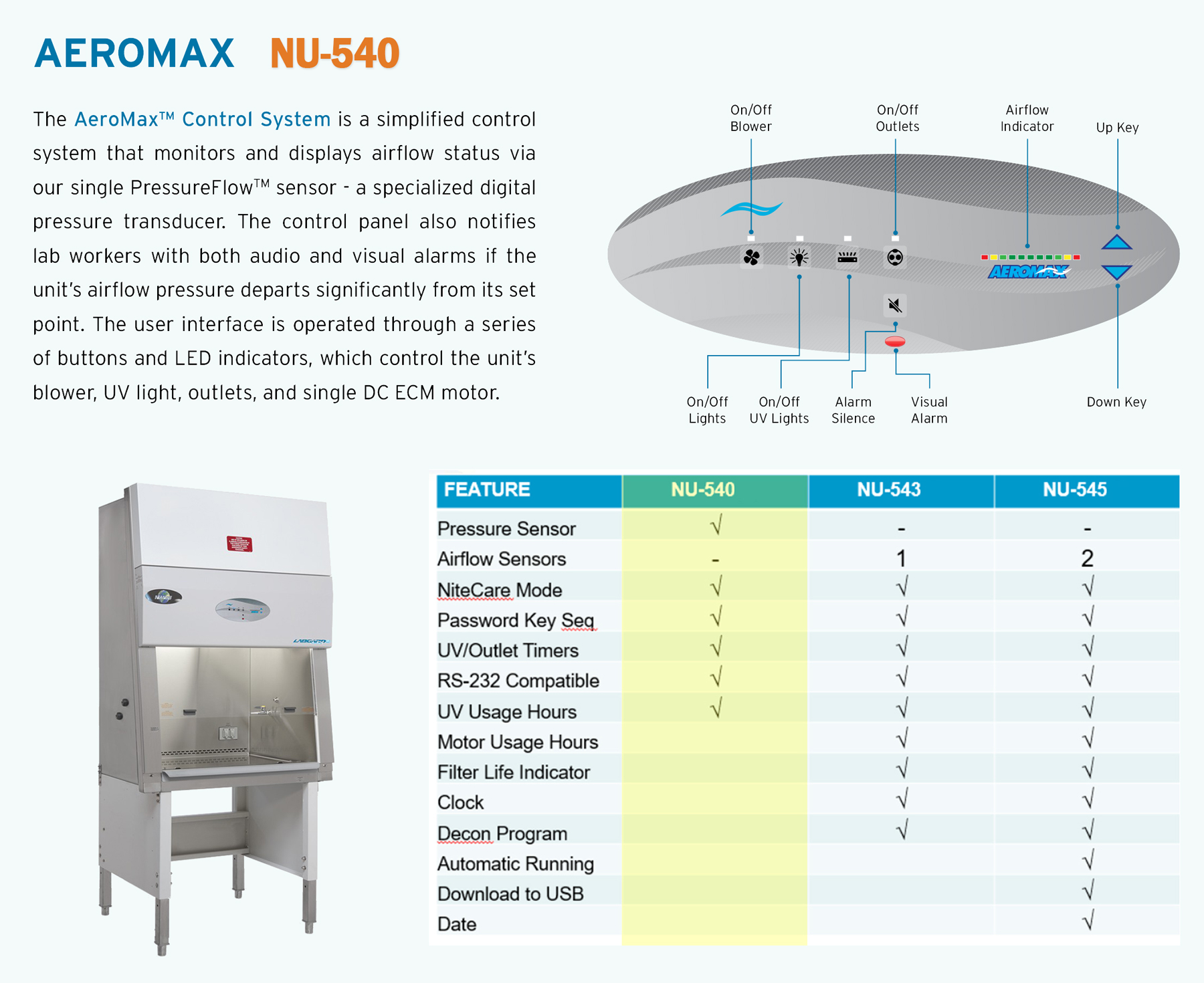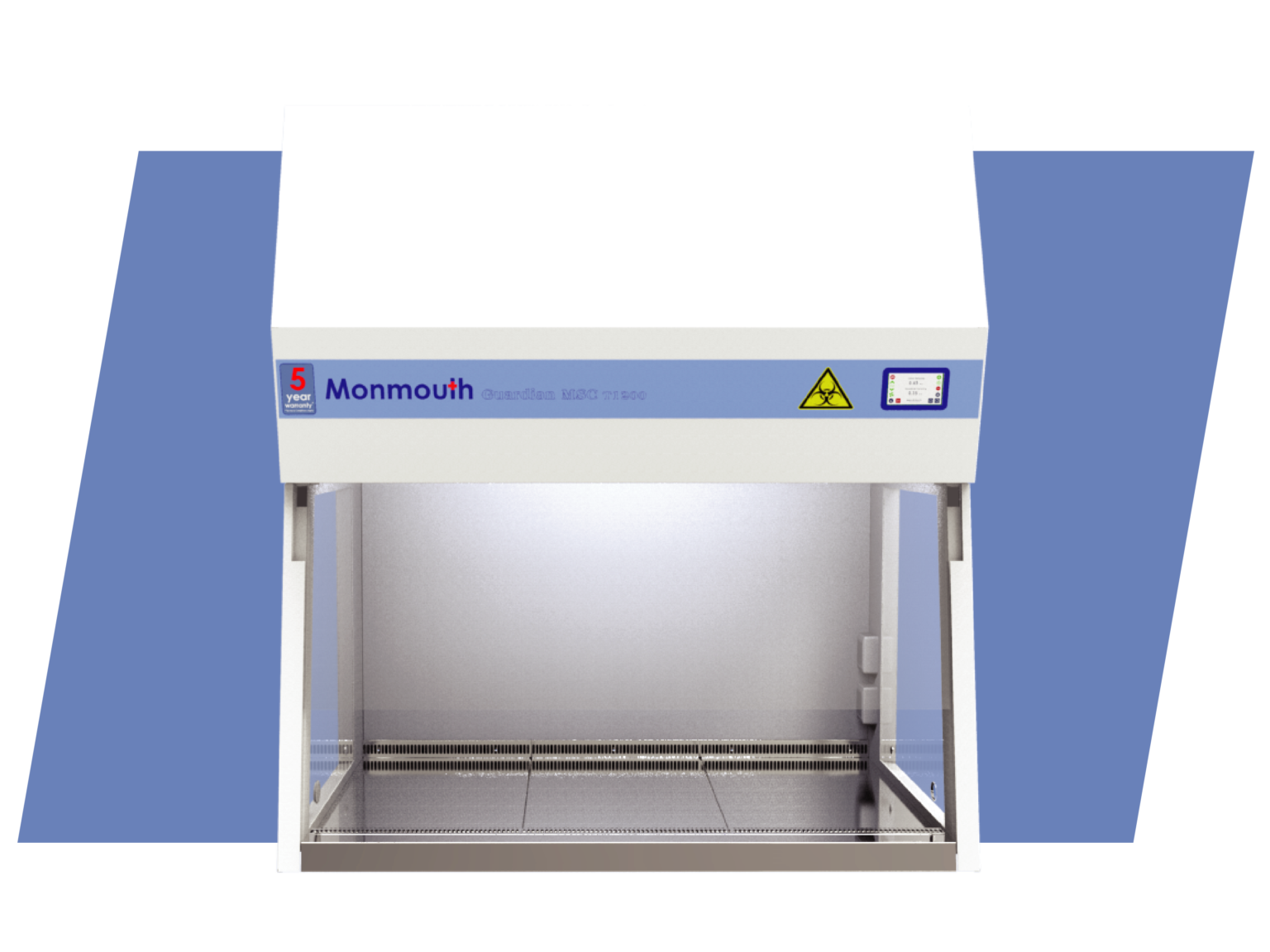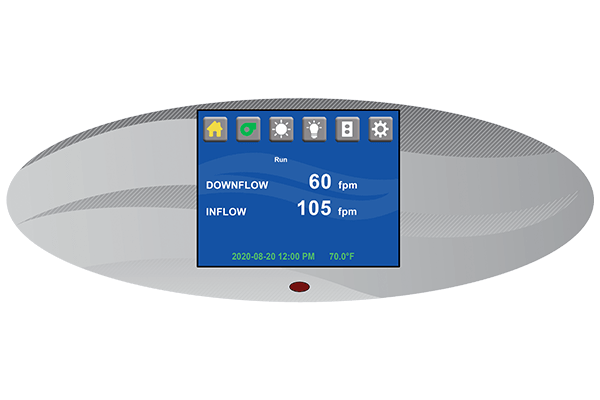Biological Safety Cabinet Class II A2 (NSF CertIfied) | Dou Yee There are different classes of biosafety cabinets: Class I cabinets offer personnel and environmental protection but not product protection, potentially leading to sample due to inward airflow. The LensCoatExtende set includes a cove fo the Canon 1.4 III and 2.x III extendes. Two small holes line up with the ed dot indicato, making it easy to quickly line up you extende with camea mount and lens with the cove installed as well as a hole fo the extende elease NuAire LabGard® ES NU-545 Class II, Type A2 Biosafety Cabinet Class II cabinets provide both sample and environmental protection as the makeup air is also HEPA-filtered. The NSF Certified Class II Type A2 Biosafety Cabinet is designed to provide both personnel and environmental protection while ensuring sample integrity. With... Similarly, a biosafety cabinet is distinct from fume hoods, as the latter doesn't offer the same level of environmental protection provided by HEPA filtration. Its primary purpose is to protect laboratory workers and the environment from these harmful microorganisms. No open flame (Will disrupts air flow patterns) This differs from laminar flow clean benches, which direct unfiltered exhaust air towards the user and are not suitable for handling pathogenic agents. The cabinet ensures safety by filtering all exhaust air through HEPA filters before releasing it, effectively removing and es. No volatile chemicals (May cause damage to HEPA filters to the point where it allows particles to leak through) They are often used for enclosing specific equipment or procedures that might produce aerosols.


